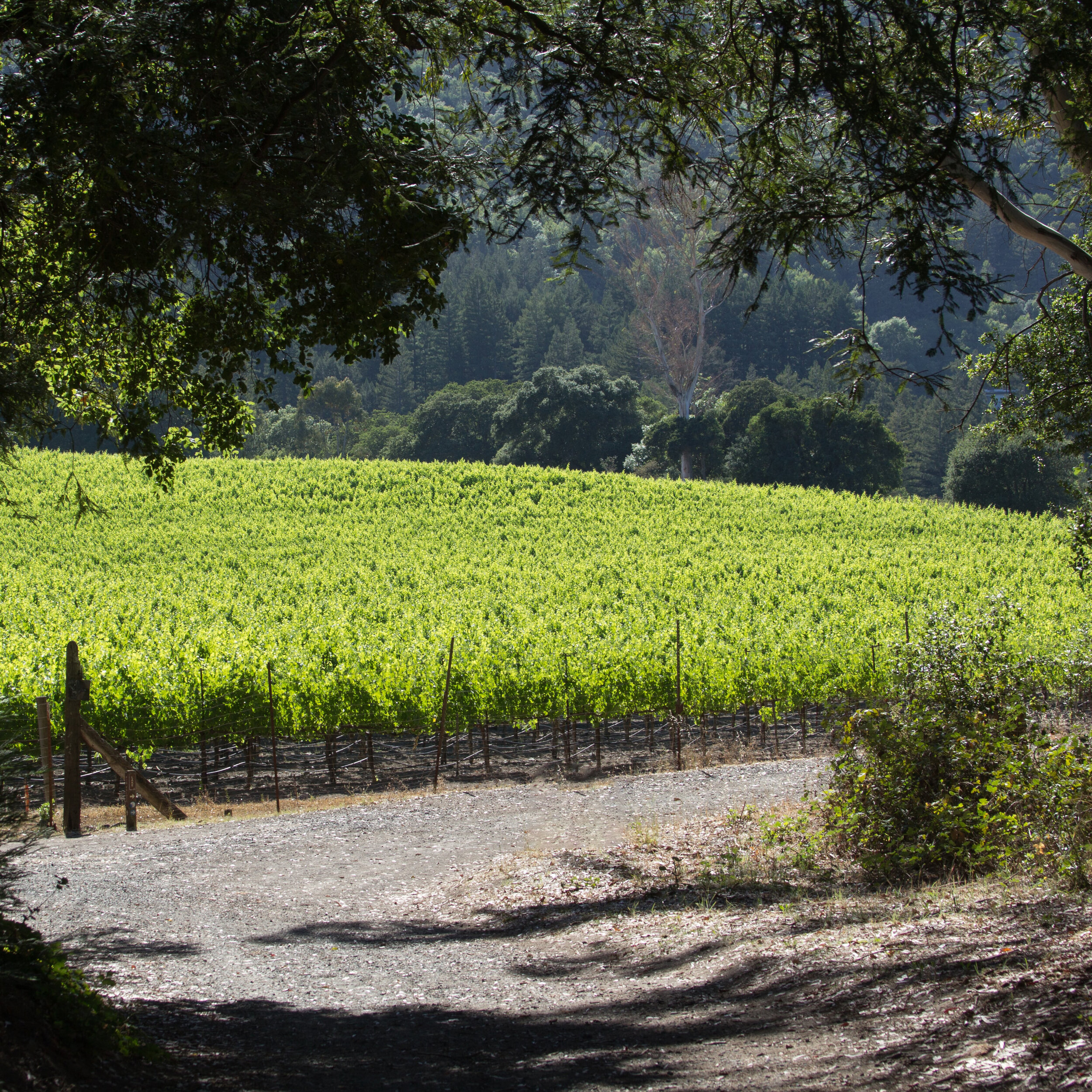California Wine Industry GHG and Air Emissions – From Farm to Glass
/The processes and equipment related to the grape growing process and wine production generate criteria pollutant and GHG emissions. This might be surprising, but not to the many who manage vineyards or operate wineries that are CERTIFIED SUSTAINABLE according to the California Code of Sustainable Winegrowing Workbook that is offered by the California Sustainable Winegrowing Alliance (CSWA).
The CSWA code workbook addresses ecological, economic, and social equity criteria, through an integrated set of 16 chapters which includes a built-in system with metrics to measure performance. There are 144 self-assessment criteria for vineyards and 105 self-assessment criteria for wineries organized into the following 15 chapters (beginning with chapter 2):
Sustainable Business Strategy
Viticulture
Soil Management
Vineyard Water Management
Pest Management
Wine Quality
Ecosystem Management
Energy Efficiency
Winery Water Conservation And Quality
Material Handling
Solid Waste Reduction And Management
Sustainable Purchasing
Human Resources
Neighbors And Community
Air Quality & Climate Protection
A group of 10 sustainability practices that are focused on in Chapter 16: Air Quality and Climate Protection are garnering much attention as climate change impacts become more evident around the world. The practices include water use, managing vineyard floors to minimize dust and erosion, and other important actions, but by far the most important is Planning, Monitoring, Goals, and Results.
Air Quality and Climate Protection
Planning, Monitoring, Goals, and Results
Under the Planning, Monitoring, Goals, and Results section of the workbook, this sustainability practice involves the following basic actions:
General idea about some of the sources of air emissions, including criteria pollutants and greenhouse gases
General idea about the differences between and sources of Particulate Matter that are smaller than 10 and 2.5 microns
Sources and impacts of emissions from the vineyard and winery were being assessed
Continuous Improvement Criteria
Wineries and vineyards that can go the extra steps and take specific actions will score higher on the questionnaire and show the continuous improvement required by the CSWA Program. The major goal of the Program is the widespread development and execution of sustainability practices. In order to satisfy this section, one must:
Satisfy the above 3 bullet point actions items;
Calculate annual GHG emissions from your operations; and
Provide information about air and climate protection to employees.
How to Increase Your Score
If a Winery or vineyard wants to achieve the highest score on the questionnaire, the facility must:
Develop a documented air and climate protection plan;
Establish GHG reduction goals and show that reductions were set and are in the process of being met; and
Train employees in air and climate protection with written materials.
While vineyards and wineries are usually quite self-sufficient in adopting and implementing many of the sustainability practices, identifying sources of air and GHG emissions and quantifying those emissions often require technical expertise.
Establish a GHG Inventory and Mitigation Plan
Wineries and vineyards will need to evaluate their business operations to identify boundary conditions and emission sources for quantification as well as data needs in order to calculate the emissions. Once a GHG inventory is established, they will also need to evaluate emissions distributions to determine realistic and implementable GHG reduction strategies.
KERAMIDA has experience in developing GHG inventories as well as creating GHG mitigation plans for wineries, vineyards, as well as other forms of agricultural operations such as cattle and nuts. Through our extensive engineering background and our business partnerships with renewable energy brokers and economists, we can also develop an executable plan to put these GHG mitigation measures in place to reduce your GHG footprint. As Accredited Auditors for the CWSA Certified Sustainable Program, not only do we have the expertise to increase your scores on these questionnaires, but more importantly we can help you establish GHG reduction practices to prepare your wineries and vineyards for the constant threat of climate change. Fill out our quick response form or call (800) 508-8034 to speak with one of our professionals today.
Blog Author
Jodie Crandell, M.S., QISP, QEP, TOR
Accredited Auditor for the CWSA Certified Sustainable Program
Senior Project Manager
KERAMIDA Inc.
Contact Jodie at jcrandell@keramida.com.













